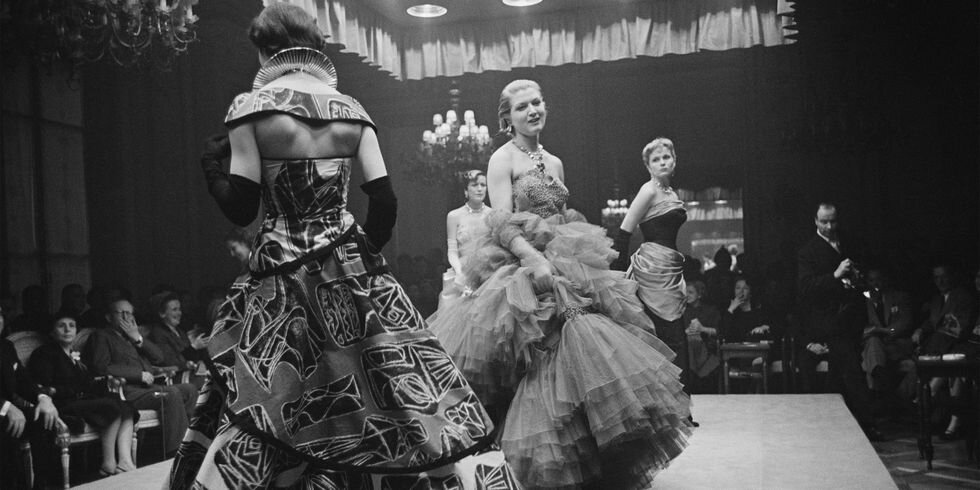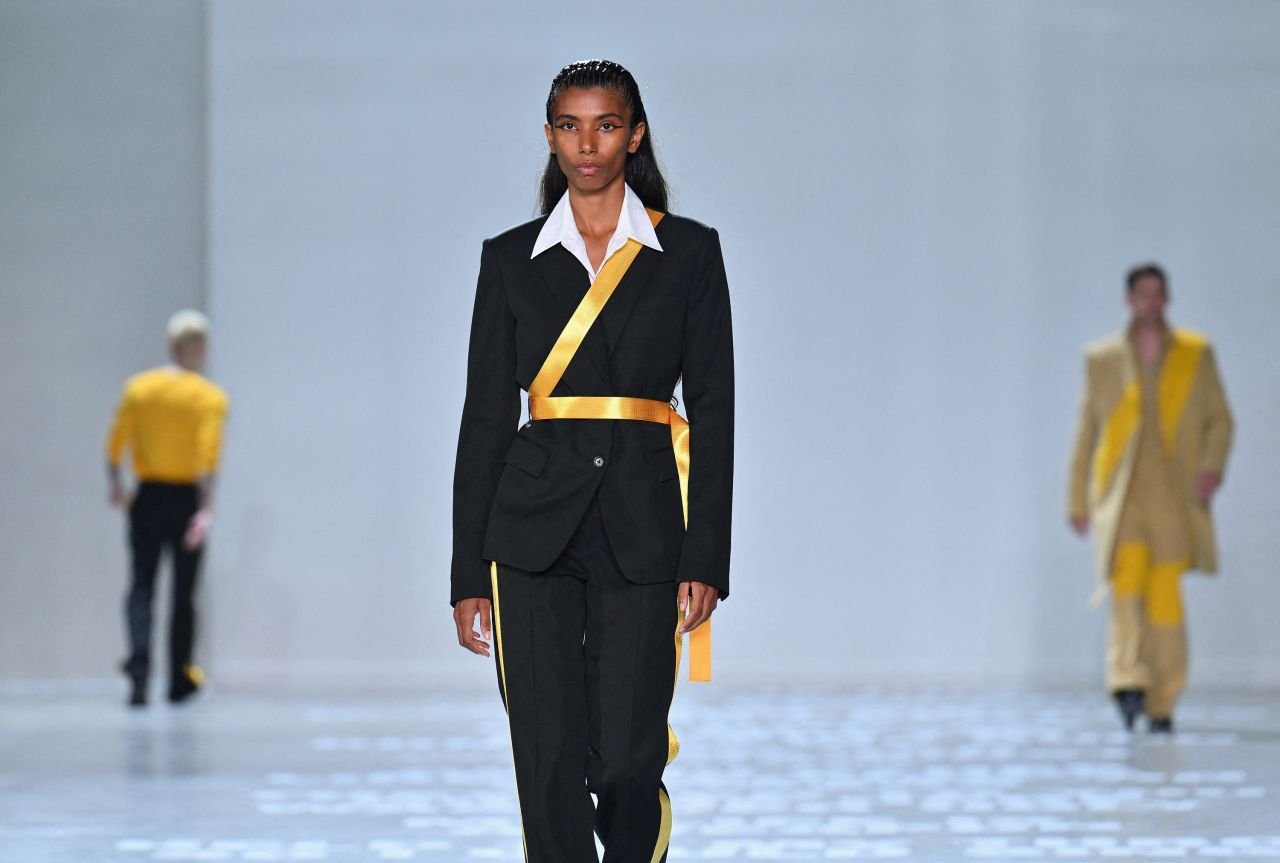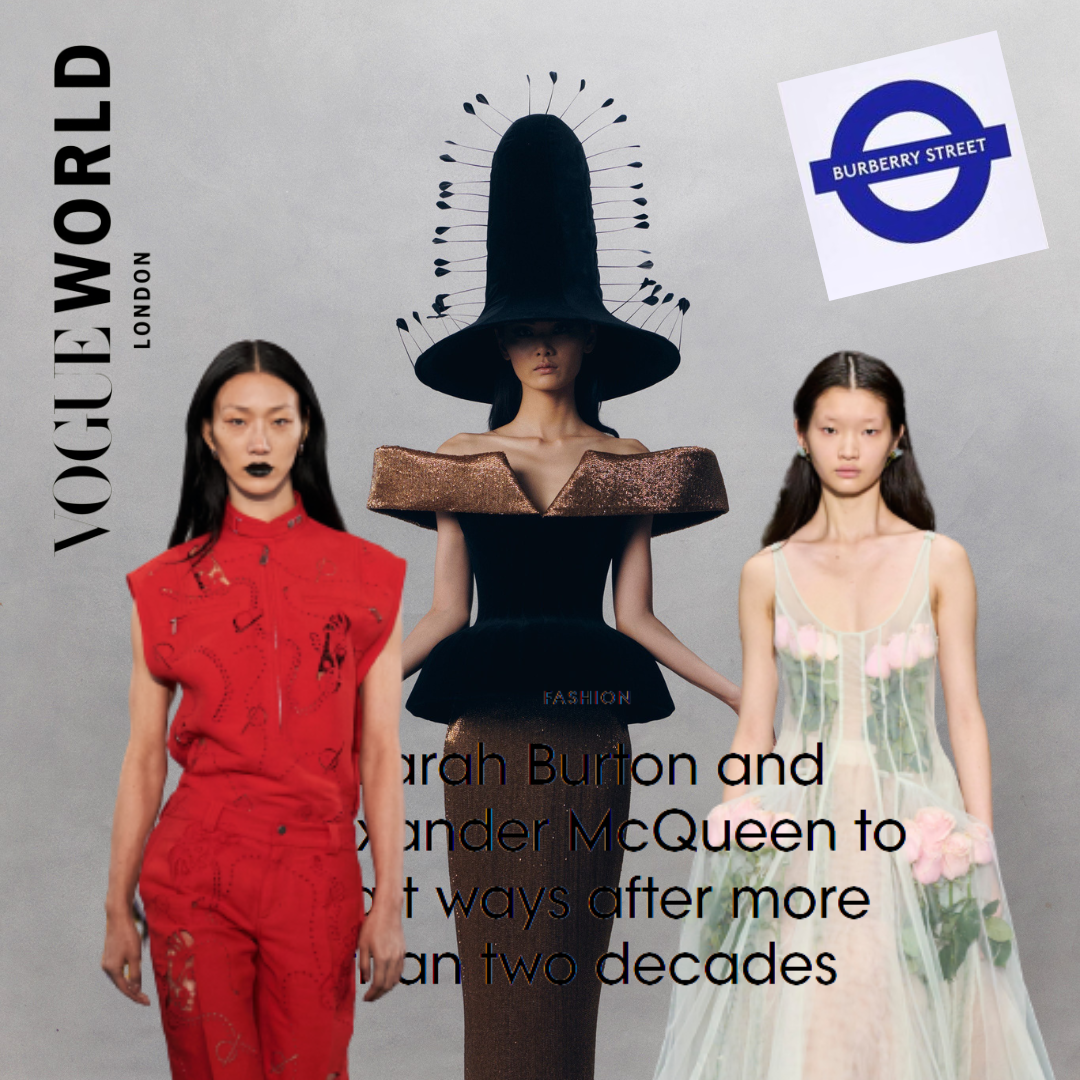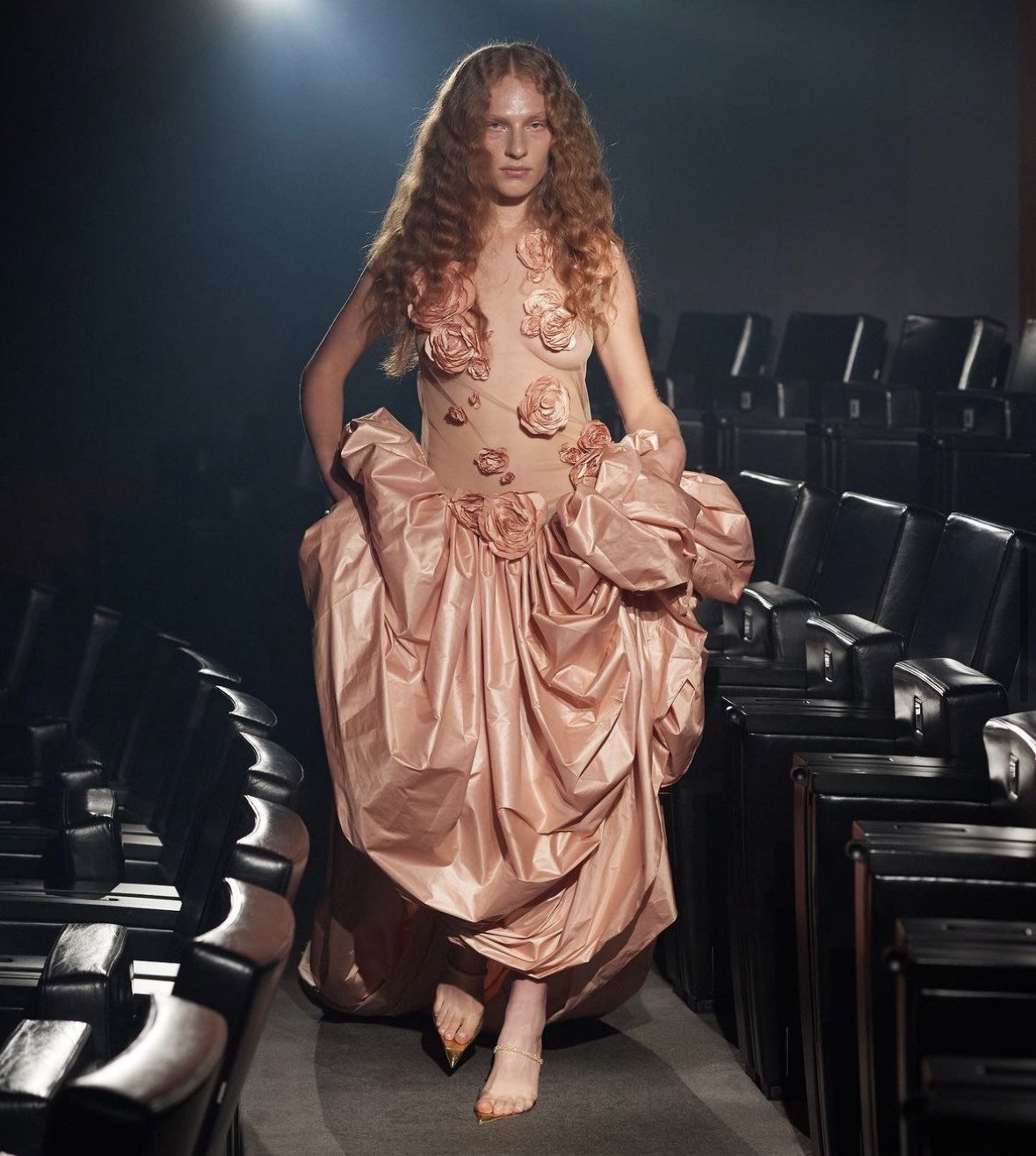A Brief History of The Fashion Week
The September 2021 New York Fashion Week is well underway, with hundreds of designers showing off their best work to the world. Fashion weeks are sort of a massive deal in the fashion industry, occurring at least twice per year (generally February and September) and in many different countries, although the most popular are New York, London, Paris and Milan. These global industry events are vital for creating new fashion trends, catapulting both designers and models to fame and exploring commentary on current politics. Fashion watchers, writers, designers and many more watch every major fashion week with a beady eye, taking note of what went down well with audiences and what didn’t, enabling them to predict future fashion trends. At its core, the fashion industry, and retail cycle, would not function as it does without these distinctive weeks in the yearly calendar. While we may be used to these events in 2021, anticipating them throughout the year, fashion weeks were, of course, not always a thing.
Like most popular fashion things and their conception, Paris is hailed as creating the idea of a fashion show, being called "défilés de mode" or “fashion parades”. Clever business people and shop owners alike would hire women to wear their designs in public spaces with the aim to lure in future customers. Everyone’s favourite 19th-century couture designer Charles Frederick Worth was an early adopter of the seasonal fashion collection, employing models to showcase his extravagant designs to potential clientele. These became known as “salon shows” and while they showcased Worth’s garments, there were exclusive events held only for the most elite clients. The aim of these events was simple, to sell. Of course, there was great artistry behind the designs themselves, but the events were not art pieces themselves like modern fashion shows can be. Money was the aim, and when you’re clientele was as wealthy as Worth’s was, you played up to that aim.
Many class 1903 as the birth of the modern fashion show when a New York City shop called Ehrich Brothers put on a display to entice customers, although not much is known about it. Whatever happened that day was a roaring success however because by 1910 department stores and designers all over the United States were holding their own shows. By the 1920s, the fashion show was a recognised way to promote your collections and was growing popular by the day. Unlike the shows of Charles Frederick Worth and his contemporaries, these shows were artistic, sometimes even more so than today, often based around a singular theme. Opulent and dazzling, these exhibits had the ability to draw in crowds in their thousands, crowds so large that by the 1950s stores in New York had to obtain a specific license in order to use live models.
Initially called “Press Week”, the first-ever Fashion Week was held in New York City in 1943. Due to the Nazi occupation of France during the time period, any form of Paris fashion show was of course unable to take place, therefore making New York the epicentre of fashion. With Paris cancelled, consumers and journalists looked to America as the alternative to trendy style. The fashion publicist Eleanor Lambert saw an opportunity and seized it, inviting the media to “press week” in the hopes of creating buzz. It worked. Fashion week was born. Even today New York Fashion Week is always the first of the season!
Kurt Hutton. Getty Images.
Models walk the runway wearing ball gowns and full-length gloves at the Third Italian High Fashion Show in Florence, Italy, 1952.
New York would remain as the only Fashion Week until 1958 when, under the National Chamber of Italian fashion, Milan Fashion Week was established. Paris Fashion Week was officially organised in 1973 by the French Fashion Federation, perhaps ironic that it took them quite so long to get involved since France has always aimed to be a fashion trendsetter. The British Fashion Council followed in 1984 and so the Big 4 as we know them was finally brought together.









